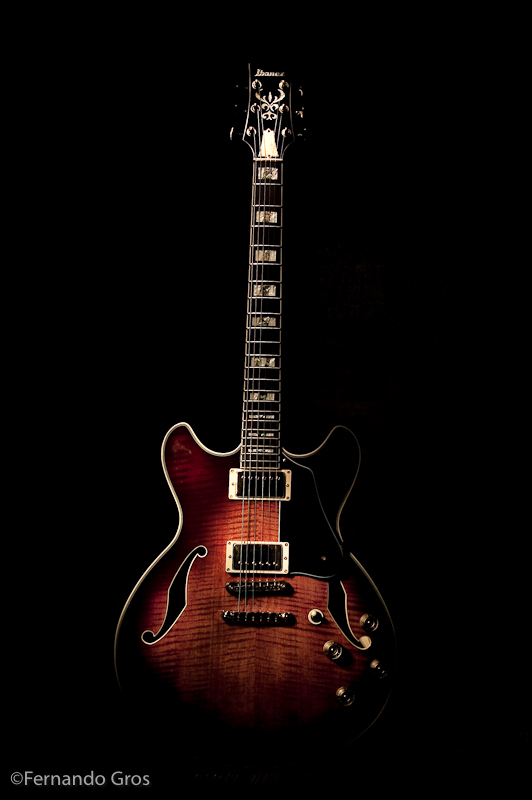Anchoring A Recording Studio
When we imagine a professional recording studio the vision that normally comes into our head is of a mixing desk, or recording console, with rows of faders, knobs and controls. In fact, the people who build and run studios will often talk about the console “anchoring” the studio, both in terms of sound and workflow. […]
When we imagine a professional recording studio the vision that normally comes into our head is of a mixing desk, or recording console, with rows of faders, knobs and controls. In fact, the people who build and run studios will often talk about the console “anchoring” the studio, both in terms of sound and workflow. Maybe the recording console also anchors the idea of a studio in our imagination as well?
For a lot of us who started out in the pre-digital era, the large console also marks the difference between a “professional” and “home” studio. After all, they are an expensive piece of kit – starting out at the kind of price most of us would pay for a car and often costing more than many of us have ever paid for a home!
But, as you can imagine, digital recording software has brought a lot of the functions of a recording console into the computer. You can now create a quality sounding song “in the box” without the need for an expensive desk. A lot of the music we hear today has been created partially, or even completely, in this manner.
So why do we still see large consoles in studios today? Firstly, they represent a powerful and flexible way to record; especially if you want to track bands playing live in the studio. If you need to run lots of microphones then a console represents a cost-effective, ergonomic solution.
Secondly, high quality desks will have a distinctive, even iconic sound. Studios will sometimes use the brand of desk as part of their marketing. In fact, there is a whole industry built on re-creating the sound of classic desks in software form.
I’ve been pondering this because my big project for the second half of this year involves building a new studio. This space will be a home for the next two years of recording and composing. Since it will involve a substantial outlay on equipment (which will move with me in future relocations), I’m thinking hard about what will work best for my approach.
If I was going to build a conventional recording studio, I would probably buy a console. It’s an elegant solution, since most engineers are used to working that way and most musicians expect to see them in place. There’s a growing number of consoles that also allow you to control your digital audio software as well, with the Allen and Heath GS-R24 being one of the most attractive and cost effective on the market.
But, my plan is a little different. I’m not going to be recording bands – not in the short term. What is driving this build is the desire to work more efficiently on my own compositions. I’ll mostly be recording guitars; either in mono or stereo. In a lot of ways a console would be overkill.
I do however, want to give the studio a distinctive “sound.” I’m enamoured with 500 series modules. These allow you to build the components of a great sound (preamplifiers and compressors) into a small rack space. You can get the quality of a console, with the added benefit of different modules from different brands. Flexible and powerful, as long as you don’t need to record a lot of instruments at the same time.
One thing that divides a lot of people is whether songs mixed “in the box” sound as good as songs mixed on a console. I’m inclined to prefer the latter, assuming both approaches are engineered with the same skill level. In my experience, running tracks out of the computer and through analogue gear has a beneficial effect, especially when it comes to software synthesisers and drum machines.
A way to achieve this without a console is by adding a summing mixer. This handles the process of mixing down eight, sixteen, or twenty four tracks to stereo, outside the computer. In fact, a summing mixer from an iconic brand, like the Neve 8816, or Manley Labs 16×2 is a way to buy into the benefits of a high end console, without the added space or cost (not that these units are cheap, by any measure).
The kind of studio I’m imagining will produce a high quality sound (what I haven’t mentioned is the role of microphones and room treatment in that process). But, I know some people will baulk when they don’t see a big console in there. Although digital technology has fundamentally changed the way we write, record, edit and distribute music, the people behind this industry, the engineers, musicians and others are often very conservative.
But, being conservative has never worked for me.





